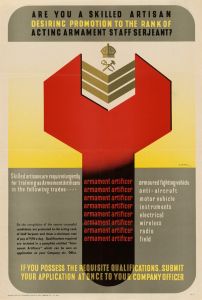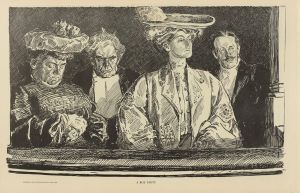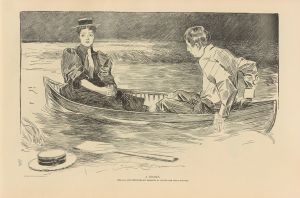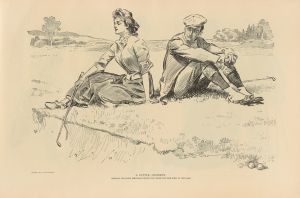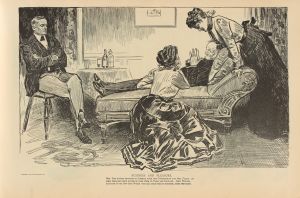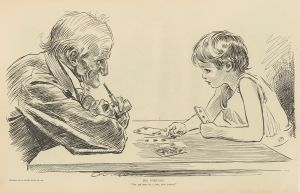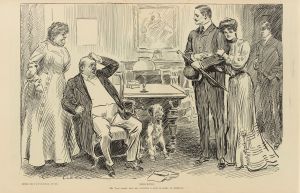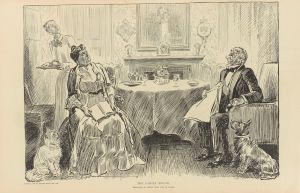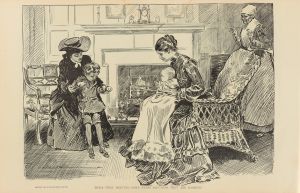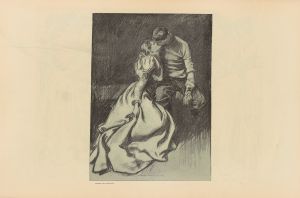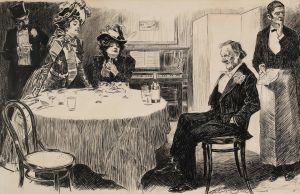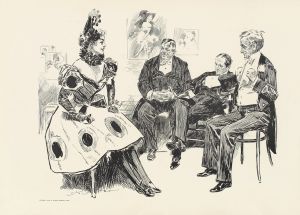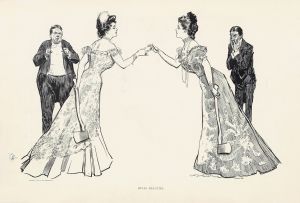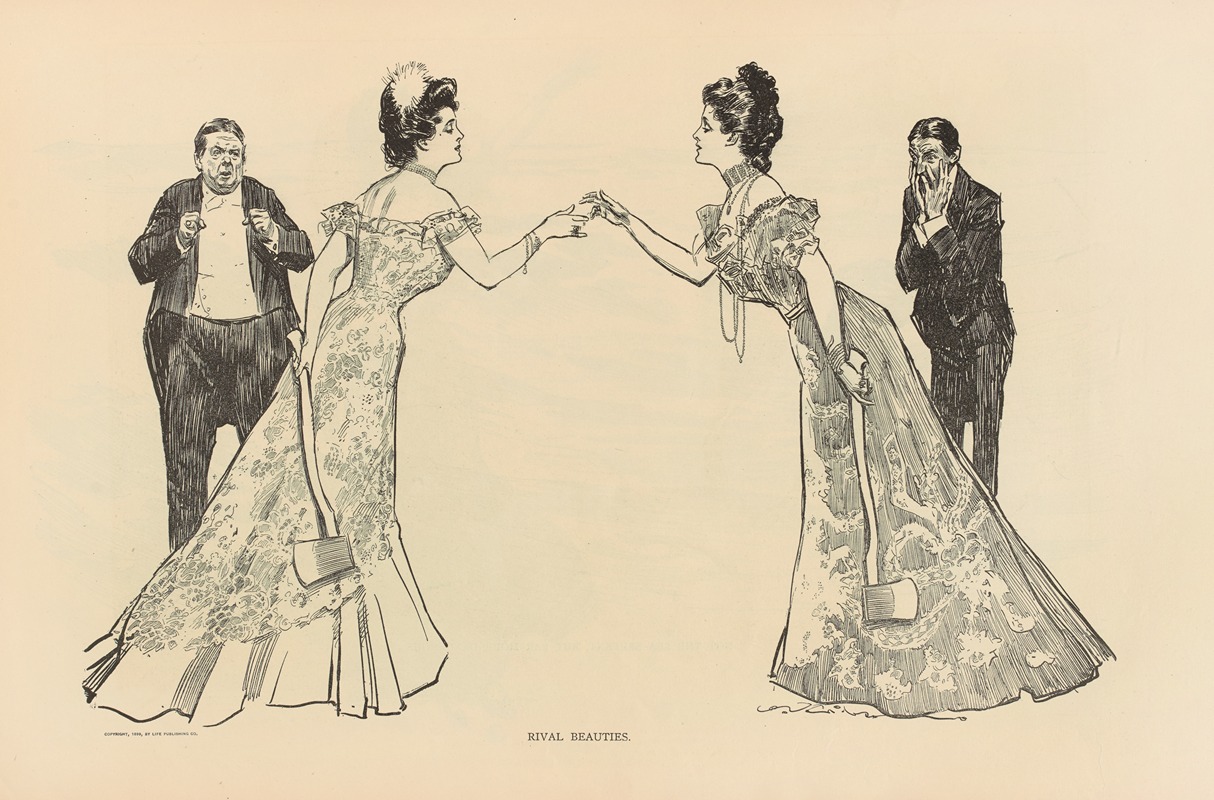
Rival beauties
A hand-painted replica of Charles Dana Gibson’s masterpiece Rival beauties, meticulously crafted by professional artists to capture the true essence of the original. Each piece is created with museum-quality canvas and rare mineral pigments, carefully painted by experienced artists with delicate brushstrokes and rich, layered colors to perfectly recreate the texture of the original artwork. Unlike machine-printed reproductions, this hand-painted version brings the painting to life, infused with the artist’s emotions and skill in every stroke. Whether for personal collection or home decoration, it instantly elevates the artistic atmosphere of any space.
Charles Dana Gibson was an American illustrator best known for creating the "Gibson Girl," a cultural icon of the late 19th and early 20th centuries. His works often depicted scenes of social life, relationships, and the roles of men and women during the Gilded Age and the Progressive Era. One of his notable illustrations, Rival Beauties, exemplifies his skill in capturing the subtleties of human interaction and societal norms of the time.
Rival Beauties is a black-and-white pen-and-ink drawing that portrays two women, presumably competing for attention or admiration, as suggested by the title. The illustration reflects Gibson's characteristic style, marked by fine lines, detailed textures, and expressive figures. The women in the artwork are likely representations of the "Gibson Girl" archetype, which embodied the idealized image of American femininity during the late 19th century. The Gibson Girl was portrayed as independent, confident, and fashionable, yet still adhering to traditional notions of beauty and grace.
The composition of Rival Beauties highlights the tension between the two women, possibly through their postures, facial expressions, or the way they interact with their surroundings. Gibson's ability to convey complex social dynamics through subtle visual cues was a hallmark of his work. His illustrations often appeared in popular magazines of the time, such as Life, Harper's Weekly, and Collier's, where they reached a wide audience and influenced public perceptions of gender roles and societal expectations.
While specific details about the publication or context of Rival Beauties are not readily available, it is consistent with Gibson's broader body of work, which frequently explored themes of rivalry, romance, and social status. His illustrations were not only artistic achievements but also cultural commentaries, offering insights into the values and aspirations of the era.
Charles Dana Gibson's legacy as an illustrator remains significant, as his works provide a window into the social fabric of turn-of-the-century America. Rival Beauties, like many of his illustrations, continues to be appreciated for its artistic merit and its ability to capture the spirit of its time.





